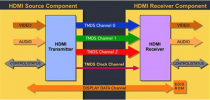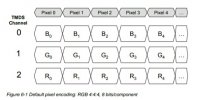Humax 5000t on turning the box on it takes a while to boot up it comes on as normal then occasionally we loose the sound and the picture goes pink and then returns to normal then turns on and off, i have spoken to Humax help line they suggested a Factory reset and a Signal check which i have done and it is around 93 to 95 .
I would be greatful if anyone can throw some light on my problem.
I would be greatful if anyone can throw some light on my problem.



